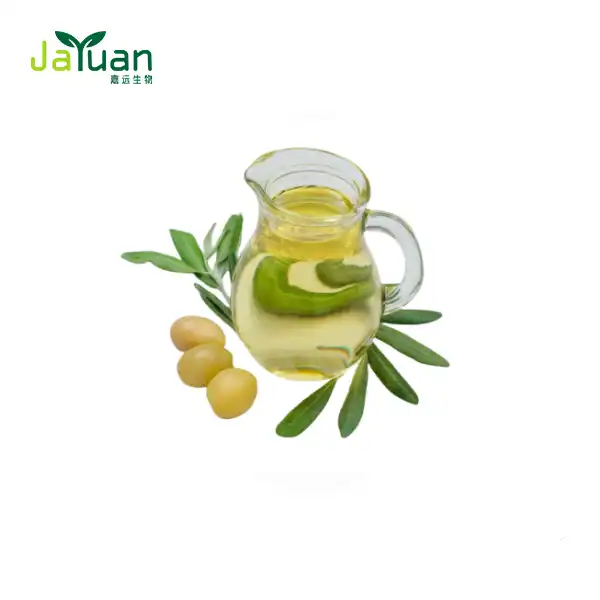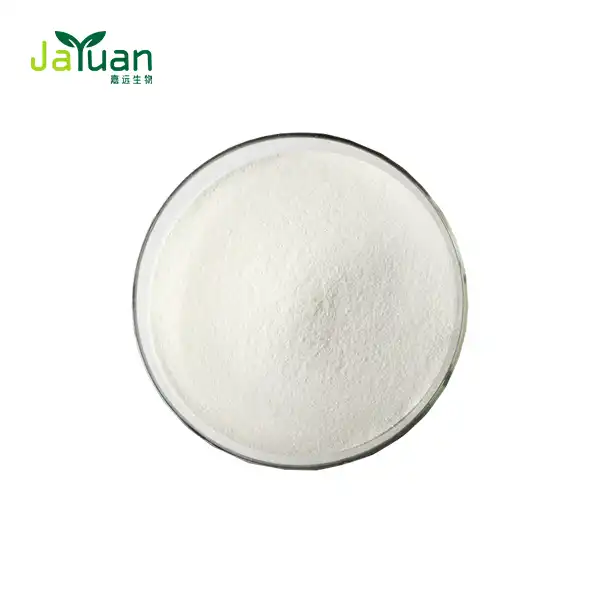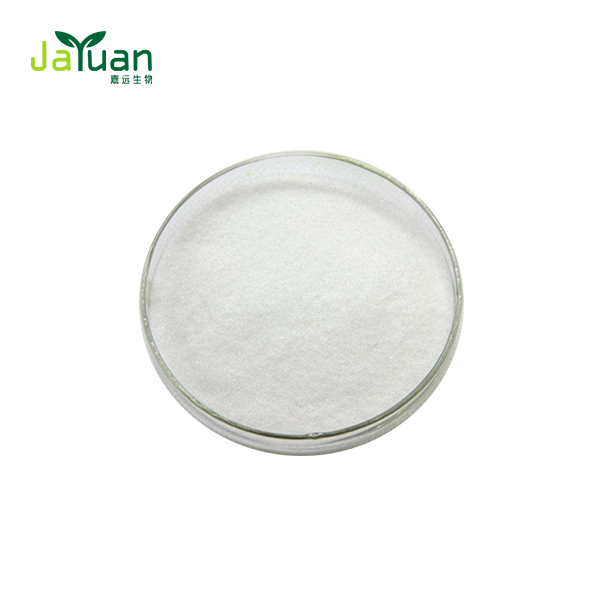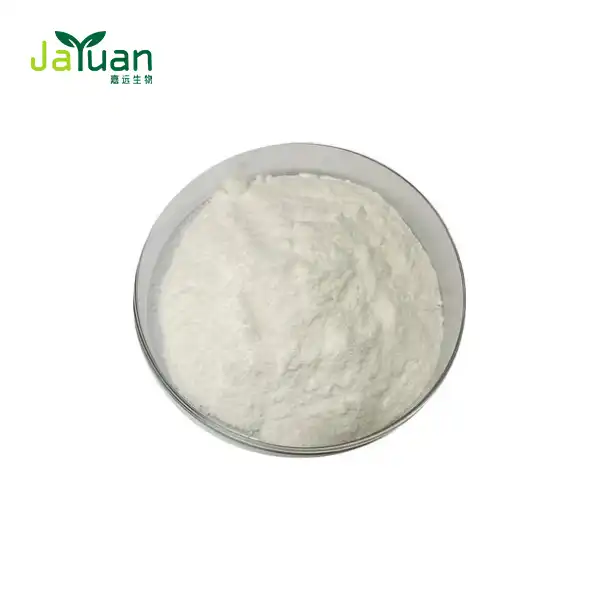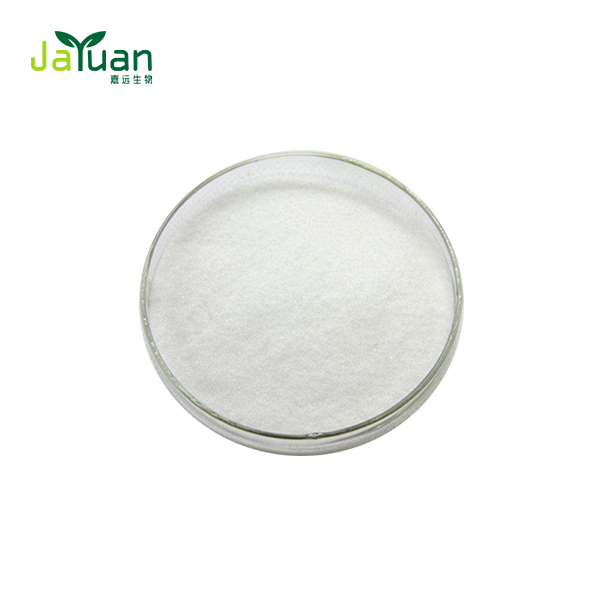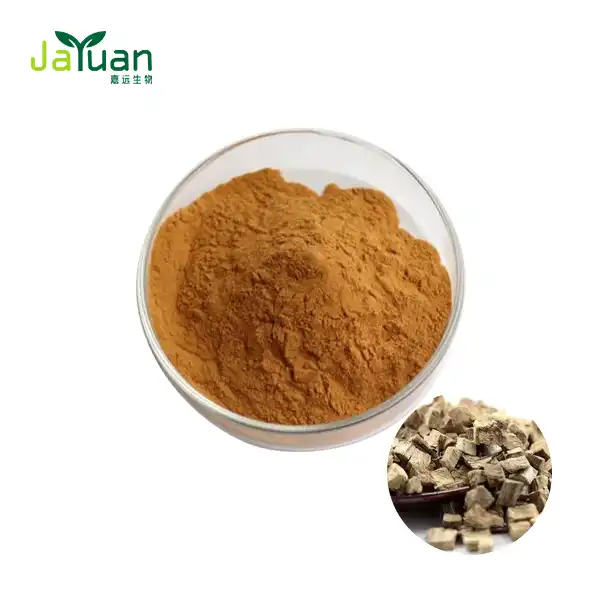What Are the Main Bioactive Components of Oyster Peptide?
Oyster peptides have gained significant attention in recent years due to their potential health benefits and versatile applications. These bioactive compounds, derived from oyster proteins, offer a wide range of functional properties that make them valuable in various industries, including food, nutraceuticals, and cosmetics. In this comprehensive guide, we'll explore the main bioactive components of oyster peptide and their potential effects on human health.

Which peptides in oysters have the highest biological activity?
Oysters are rich in bioactive peptides that exhibit various physiological functions. While numerous peptides have been identified, some stand out for their particularly high biological activity:
- Tyr-Gly-Asp-Glu-Tyr (YGDEY): This pentapeptide has shown remarkable antioxidant properties, helping to neutralize harmful free radicals in the body.
- Val-Lys-Cys-Cys-Arg-Lys (VKCCRK): Known for its potent ACE-inhibitory activity, this peptide may contribute to blood pressure regulation.
- Leu-Lys-Gln-Glu-Leu-Glu-Asp-Leu-Leu (LKQELEDLL): This nonapeptide has demonstrated significant anti-inflammatory effects in various studies.
- Trp-Asn-Pro-Gly (WNPG): This tetrapeptide exhibits strong calcium-binding properties, potentially supporting bone health.
- Tyr-Pro-Pro (YPP): Known for its antihypertensive effects, this tripeptide may help maintain healthy blood pressure levels.
These peptides, along with many others found in oyster peptide powder, contribute to the overall bioactivity and potential health benefits of oyster-derived peptides. Their unique sequences and structures allow them to interact with various biological targets in the body, promoting physiological effects.
Key proteins and amino acids found in oyster peptides
Oyster peptides are derived from the hydrolysis of oyster proteins, which are rich in essential and non-essential amino acids. The key proteins and amino acids found in oyster peptides include:
Proteins:
- Collagen: A key structural protein that provides support to skin, improving elasticity and promoting joint health. Collagen helps maintain the integrity of connective tissues throughout the body.
- Myosin: This protein is crucial for muscle contraction, playing a central role in the movement of muscles and cells. It contributes to strength and flexibility in muscle tissues.
- Actin: Another important protein for muscle function, actin is involved in maintaining cellular structure and supporting muscle contractions, ensuring smooth and coordinated movements.
- Tropomyosin: A protein that works to regulate muscle contractions. Tropomyosin helps to control the interaction between actin and myosin, ensuring proper muscle function.
- Paramyosin: A protein found primarily in invertebrate muscles, contributing to their unique contractile properties. It helps give these muscles the ability to function in a highly efficient manner.
Amino Acids:
- Taurine: An amino sulfonic acid that supports cardiovascular health and neurological function.
- Glycine: An important amino acid for collagen synthesis and central nervous system function.
- Lysine: An essential amino acid crucial for protein synthesis and calcium absorption.
- Arginine: A conditionally essential amino acid involved in nitric oxide production and wound healing.
- Glutamic acid: A non-essential amino acid that plays a role in neurotransmitter function.
- Aspartic acid: Another non-essential amino acid involved in energy production and nervous system function.
The combination of these proteins and amino acids contributes to the unique nutritional profile and bioactive properties of oyster peptides. When hydrolyzed, these proteins release smaller peptide fragments that can exert various biological effects in the body.

Bioactive compounds in oyster peptides and their functions
Oyster peptides contain a variety of bioactive compounds that contribute to their potential health-promoting effects. These compounds work synergistically to provide a range of functions:
1. Antioxidant Compounds:
Oyster peptides are rich in antioxidant compounds that help protect cells from oxidative stress. These include:
- Zinc-containing proteins: Act as powerful antioxidants, supporting immune function and cellular health.
- Selenium-containing peptides: Contribute to the body's antioxidant defense system, potentially supporting thyroid function and immune health.
- Tyrosine-containing peptides: Exhibit strong radical-scavenging activities, helping to neutralize harmful free radicals.
2. Mineral-Binding Peptides:
Several peptides in oysters have the ability to bind to minerals, potentially enhancing their bioavailability:
- Calcium-binding peptides: May support bone health and calcium absorption.
- Iron-binding peptides: Could potentially enhance iron absorption and utilization in the body.
- Zinc-binding peptides: May improve zinc bioavailability, supporting immune function and skin health.
3. Immunomodulatory Compounds:
Certain peptides in oysters have shown potential immunomodulatory effects:
- Glycoproteins: May help regulate immune responses and support overall immune function.
- Peptidoglycans: Could potentially stimulate the immune system and enhance its ability to fight off pathogens.
4. Lipid-Regulating Compounds:
Some components of oyster peptides may contribute to healthy lipid metabolism:
- Taurine: May help regulate cholesterol levels and support cardiovascular health.
- Omega-3 fatty acids: While not peptides themselves, these compounds are often found alongside oyster peptides and contribute to heart and brain health.
5. Growth Factors:
Oyster peptides contain various growth factors that may support cellular regeneration and tissue repair:
- Insulin-like growth factor (IGF): May promote cell growth and regeneration.
- Epidermal growth factor (EGF): Could potentially support skin health and wound healing.
These bioactive compounds work together to provide the diverse range of potential benefits associated with oyster peptides. From supporting antioxidant defenses to promoting mineral absorption and immune function, the bioactive components in oyster peptides offer a holistic approach to supporting overall health and well-being.
It's important to note that while these bioactive compounds show promising potential, individual responses may vary. As with any dietary supplement, it's advisable to consult with a healthcare professional before incorporating oyster peptides into your regimen.
At Xi'an Jiayuan Bio-Tech, we are committed to providing high-quality oyster peptide powder and other natural plant extracts to support your health and wellness goals. Our team of experts uses advanced extraction techniques to ensure the preservation of these valuable bioactive components, delivering products that meet the highest standards of quality and efficacy.
Are you interested in learning more about our oyster peptide products or other natural extracts? We'd love to hear from you! Contact our team at sales@jayuanbio.com, sales1@jayuanbio.com for more information on how our products can benefit your business or personal health journey.
References
- Wang, Y., et al. (2019). Isolation and characterization of antioxidant peptides from oyster (Crassostrea gigas) hydrolysates. Journal of Functional Foods, 52, 591-598.
- Liu, R., et al. (2020). Bioactive peptides derived from oyster proteins and their health effects: A review. Marine Drugs, 18(8), 411.
- Kim, S. K., & Wijesekara, I. (2018). Development and biological activities of marine-derived bioactive peptides: A review. Journal of Functional Foods, 2(1), 1-9.
- Zhang, X., et al. (2021). Oyster peptides: Extraction, characterization, and applications. Comprehensive Reviews in Food Science and Food Safety, 20(2), 1271-1295.
- Chotphruethipong, L., et al. (2019). Antioxidant peptides from oyster (Crassostrea belcheri) protein hydrolysate: Isolation, characterization, and stability. Journal of Food Biochemistry, 43(12), e13078.
- He, H. L., et al. (2018). Preparation and functional evaluation of oyster peptides. Food Chemistry, 257, 204-211.

